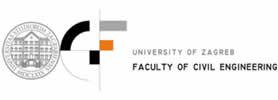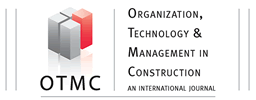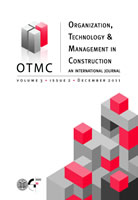Abstract:
Current existing UK housing stock is responsible for 27% of UK CO2 emission. Refurbishing this housing stock can contribute to the 80% CO2 reduction by 2050 as a UK government target. However, there are barriers to refurbish a house due to high initial cost and lack of knowledge and skills in construction sector. To accomplish the CO2 reduction target, BIM should be utilized because BIM is capable of coping with current barriers. Furthermore the UK government mandates public sector to adopt BIM for construction projects from 2016. Hence, this research aims to explore the feasibilities of BIM adoption for housing refurbishment. This research consists of a desk study, web-based questionnaires, and semi-structured interviews. The data search used mostly public statistics and government reports. The target for questionnaire survey was chosen from local authorities, architects and constructors, construction professional organizations, and BIM software developers as a focused group. The web-based questionnaire was comprised of 16 questions, and it was distributed to 100 construction professionals via email. The findings revealed that the BIM adoption for housing refurbishment projects is feasible and timely, although the clients’ demand and BIM penetration in the housing sector is low. This research identified that the benefits of BIM should be understood by stakeholders to increase BIM awareness and demand. In addition, BIM education and financial supports were identified as the most critical steps for encouraging BIM adoption. Furthermore, the construction professionals are aware of the benefits of BIM whether they are engaged in BIM or not.
|



 |
| 